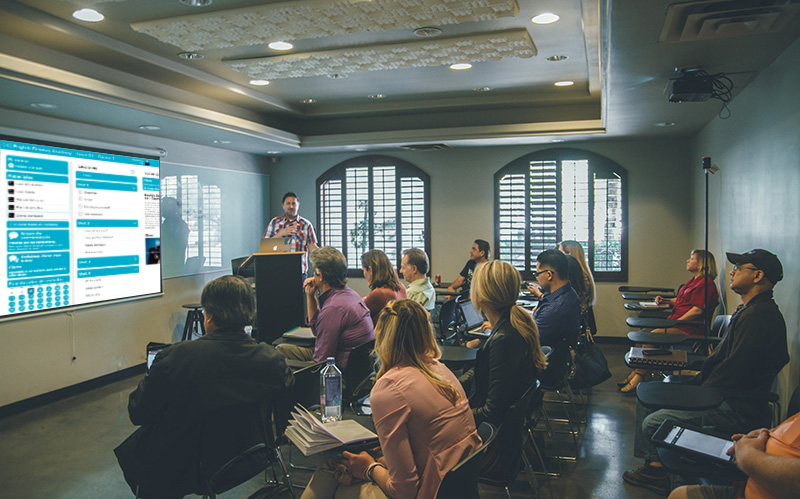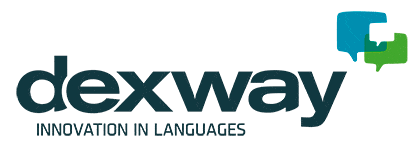There is a saying that states the more the merrier. And in terms of technology in the classroom, the saying is true: the increase in technological tools in the educational field leads to a more enriching experience. We increasingly have more tools at our disposal to make language classes more interactive, inclusive and practical experiences. Mastering these tools becomes an essential requirement to offer authentically attractive and competitive classes.
ICT in the classroom is gaining great relevance thanks to educational platforms, digital whiteboards, virtual classrooms or new teaching materials and supports. Therefore, it is essential to keep up to date with digital tools so as to create new learning environments, capable of meeting all the needs of today’s students – who are mostly digital natives.

The integration of technology into the educational environment not only brings significant benefits for students, but also substantial advantages for teachers. These include reducing hours spent on assessment and the ability to provide more interactive and collaborative educational experiences, among other highlights.
Reasons to opt for technology in the language classroom
The ideal integration of technology in the educational environment constitutes a determining factor for substantially improving the quality of teaching in face-to-face classes, while at the same time playing an essential role in promoting digital literacy. Much has been written in recent years about the benefits and effects of its use, such as in this article from the Drexel University School of Education, which highlights student motivation, respect for different learning rates, and improvement of digital skills.
Within the specific framework of language learning, the adoption of technology is not only limited to mere modernisation. It also provides a diversified set of tools designed with the specific purpose of stimulating the active participation of students, a vitally important aspect when aiming to increase linguistic skills.
In this context, we could ask: Why is its use so important in the training of linguistic skills and digital competencies? Reviewing the main reasons that explain this is to examine the contribution of this innovation to the effectiveness of the learning experience and the reason for its consolidation in more and more educational centres.
Greater collaboration and interaction
Educational platforms allow students to interact with each other both inside and outside the classroom. Until now, lessons were limited to the four walls of the classroom, but where we apply technology to teaching, we can extend the experience with exercises, conversation groups and other activities inside and outside the school, university or training centre. With Dexway In Person, the course can be followed on digital whiteboards in the classroom and then students can continue practising at home with lessons set as homework or by studying with specific apps.
Increased interest in learning
Educational technology presents attractive forms of study with which students, who are often accustomed to the virtual world, feel very comfortable. This helps increase their motivation for studying, which in turn becomes more fun and dynamic. As an alternative or complement to books, these tools maintain the interest of students thanks to their interactivity, immediate feedback, gamified resources, etc.
Autonomy for more personal learning
Technology gives students the opportunity to establish their own study pace by allowing them to continue practicing from home. Teachers have access to all progress statistics.
Greater accessibility to training resources
Introducing technology in the classroom allows you to expand the sources of information and knowledge to which you have access. It goes from the book and the master lesson to all types of visual and multimedia resources, even games.
Gamified assessment
Through educational platforms, teachers have comprehensive access to detailed information on the progress of their student groups, which allows immediate collective and individualised monitoring. This monitoring is undoubtedly more exhaustive compared to the traditional educational model, where feedback is limited to specific periods, mainly associated with the correction of exams, a process that also requires extensive hours of evaluation.
For all these reasons, and other secondary ones such as diversity, innovation or accessibility, it is essential to have technology in the classroom in order to teach languages effectively and successfully.
You may also like:

